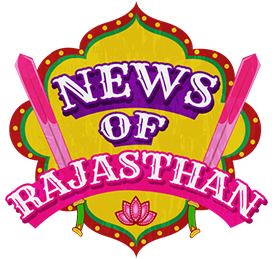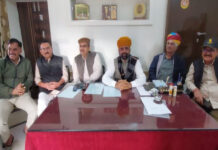
Rajasthan, the arid state of the country is infamous of water shortage and drought like conditions, but not anymore. Rajasthan Government is trying hard and thus is now experimenting with water harvesting. Rajasthan state government is using a new rainwater conservation scheme in several villages to increase the water tables in the parched lands.
“Rain water flows everywhere be it forest land, government land or private fields. We needed to apply advanced rainwater harvesting methods, but for that, many people had to come on board and that was a challenge,” said Sriram Vedire, Chairperson of Rajasthan River Basin and Water Resources Planning Authority.
Mukhyamantri Jal Swavlamban Abhiyan (MJSA) is a project run by Rajasthan Government and is a great initiative by CM Vasundhara Raje which aims to make the remotest of the villages in the state water sufficient. This project was launched in January this year and now is slowly and gradually gaining popularity among locals who are now using water engineering terms like ‘anicut’ and ‘contour trench’ in their common parlance.
Phase 1 of Mukhyamantri Jal Swavlamban Abhiyan saw construction of approximately 93,000 low cost water harvest structures. These include village ponds, anicuts, field bundings, minor irrigation tanks (MIT), minor storage tanks (MST) and minor percolation tanks (MPT).
This is certainly very impressive for a government scheme to achieve so much. What actually won the people over was the fact that construction of such structures did not involve any of their land.
“For an MPT, we did not need to go in for land acquisition because water is stored in these tanks for just a few weeks or months, and thereafter, it percolates into the ground. Farmers benefit since they are getting moist soil which will help boost productivity,” said Vedire.
Also the government geo-tagged every work site which further helped them to monitor each and every construction going on besides ensuring technical feasibility and economic viability.
“We employed everything, from remote sensing technologies to indigenous knowledge of communities,” Vedire said.
Corporate houses, religious groups and village communities also came forward, contributing about Rs 55 crores. “Other than monetary contribution, the community pooled in ‘shram dhan’ (labour donation). Every Thursday was a day of ‘shram dhan’,” said Rohit Gupta, District Collector Udaipur.
Such water harvesting experiments have certainly changed the tables around in Rajasthan not only benefiting the government, nearby residents but also the farmers, who hold an important place.








